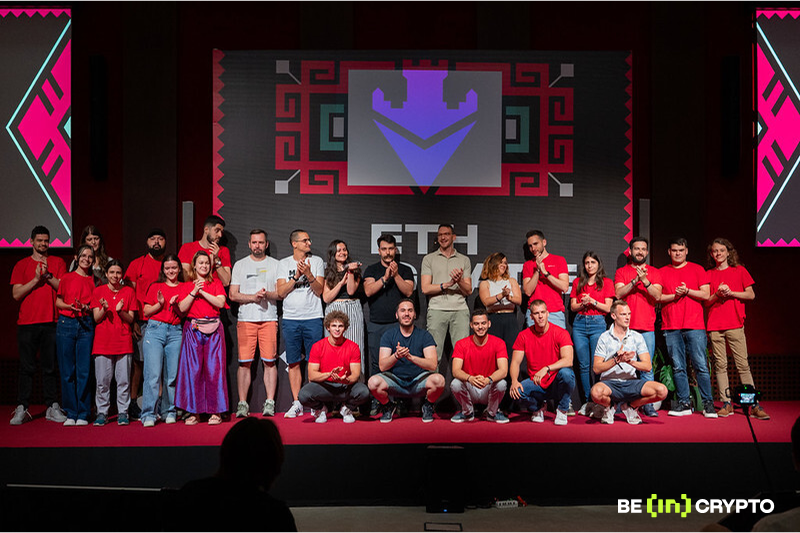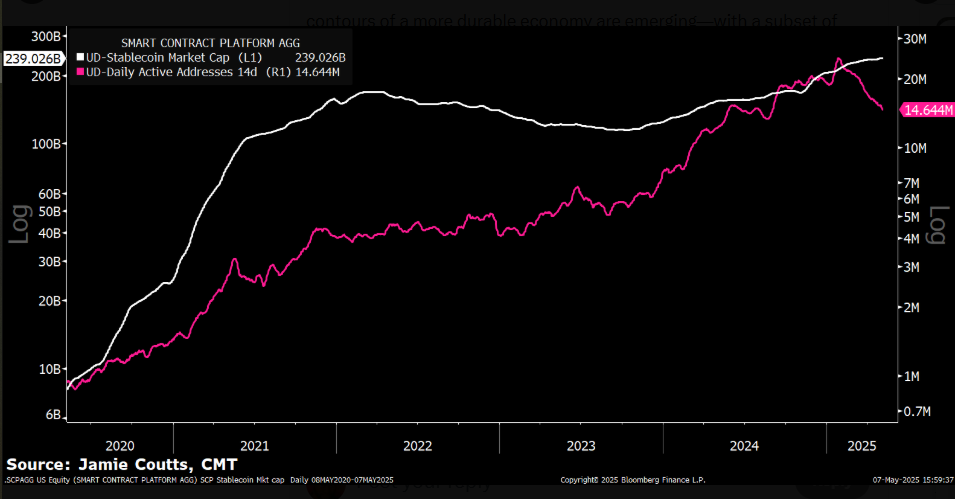Istanbul Blockchain Week 2025 became the biggest annual edition of the event. It attracted thousands of global Web3 participants to Türkiye’s economic hub.
The two-day event, held June 26–27 at the Hilton Istanbul Bomonti Hotel, solidified Istanbul’s growing influence in blockchain innovation.
From Tron’s Justin Sun to Pudgy Penguins – Key Highlights
This year’s event hosted high-level discussions on stablecoins, real-world assets (RWAs), AI agents, tokenized finance, and regulation.
Organized for the fourth time by EAK Digital, the conference featured keynotes, workshops, and the launch of new formats, reflecting both scale and ambition.
Notable speakers included Mehmet Çamır, Chairman of OKX TR; Justin Sun, CEO of Tron; John Linden, CEO of Mythical Games; and Marco Dal Lago, VP of Global Expansion at Tether.
“The Turkish market is becoming a powerhouse in gaming in general. There are some really strong companies coming up here. We have a new FIFA game and the Turkish market is quite strong for that too. There are mobile game fans, and a few football fans out here. So it is a green market,” said John Linden, CEO of Mythical Games.
Industry executives and policymakers shared insights into institutional growth and regulatory changes shaping the sector.
Notably, Justin Sun focused on Tron’s stablecoin ecosystem. He emphasized compliance upgrades and real-world use cases across Türkiye.
Sun pointed to Türkiye’s growing relevance as a testbed for retail adoption and sovereign stablecoin applications.
Meanwhile, Mehmet Çamır addressed the regulatory space. He noted Türkiye’s large retail crypto base, with over 14 million users, making compliance and investor protection a top priority.
BlockDown Festival returned with a new format, combining Web3 art and music. This year, it introduced AI-led performances in collaboration with Pudgy Penguins, showcasing the fusion of autonomous agents and live entertainment.
Also, the event featured new additions like the RWA Builders Summit and DefaiCon Istanbul. These segments highlighted infrastructure progress in tokenized assets and decentralized finance.
Christian Thompson of the Sui Foundation announced a developer bootcamp aiming to train 2,000–4,000 local builders in 12 to 18 months. The move underlines Türkiye’s emergence as a talent hub for blockchain development.
Overall, Istanbul Blockchain Week’s record turnout follows a strong year for global crypto events.
In June, ETHCC in Brussels saw Robinhood unveil tokenized US stocks and ETFs in Europe. The launch included 24/5 trading and on-chain dividends on Arbitrum.
Vitalik Buterin, who also spoke at ETHCC, warned against architectural risks in Web3, including Layer 2 backdoors and governance token auctions.
The post Istanbul Blockchain Week 2025 Sets a New Record in Web3 Events appeared first on BeInCrypto.




 (@AaronTeng)
(@AaronTeng) 






